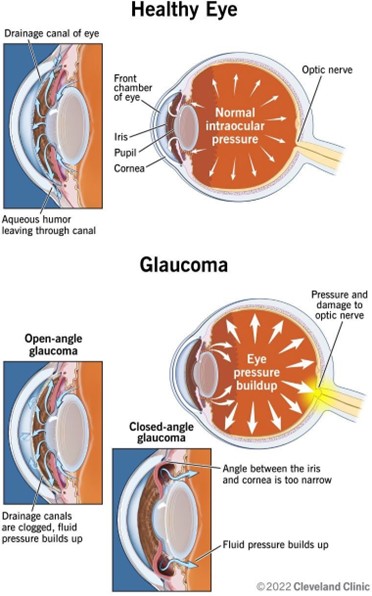An older female client who resides in a long-term care facility has a male friend who often visits her in the evenings. The practical nurse (PN) enters the client's room to administer medications and finds the couple in bed together. What action should the PN take?
Report the incident to the family.
Request that the man get up and leave.
Exit the room and quietly close the door.
Ask when the nurse should return.
The Correct Answer is C
Choice A rationale:
Reporting the incident to the family is not the first action the PN should take in this situation. It may be appropriate to inform the family later if necessary, but immediate action is needed to address the boundaries being crossed in the client's room.
Choice B rationale:
Requesting that the man get up and leave is not the first action the PN should take. This situation involves delicate and sensitive issues, and the PN should prioritize the client's privacy, dignity, and emotional well-being.
Choice C rationale:
The most appropriate first action is for the PN to exit the room and quietly close the door. This action respects the client's privacy and allows the couple to have some space and time to compose themselves.
Choice D rationale:
Asking when the nurse should return is not the first action to take. The PN needs to ensure the client's privacy and deal with the situation at hand discreetly. Later, the PN can discuss the incident with the client if necessary, or involve the appropriate authorities as per the facility's policy.
Nursing Test Bank
Naxlex Comprehensive Predictor Exams
Related Questions
Correct Answer is A
Explanation
Glaucoma is a group of eye diseases that damage the optic nerve and cause vision loss. It is often associated with increased intraocular pressure, which can compress the nerve fibers and reduce blood flow to the retina. The most common type of glaucoma, open-angle glaucoma, causes gradual loss of peripheral vision.

The other options are not correct because:
A. Macular edema is a condition that causes swelling and fluid accumulation in the macula, the central part of the retina that is responsible for sharp and detailed vision. It can cause blurred or distorted vision, but it does not affect the optic nerve or the peripheral vision.
B. Cataract is a condition that causes clouding of the lens, which is the transparent structure that focuses light onto the retina. It can cause blurred, dim, or yellowed vision, but it does not affect the optic nerve or the intraocular pressure.
C. Diabetic retinopathy is a complication of diabetes that damages the blood vessels in the retina and causes bleeding, leakage, or scarring. It can cause blurred, fluctuating, or darkened vision, but it does not affect the optic nerve or the intraocular pressure.
Correct Answer is C
Explanation
The correct answer is choice C. Suction the oral and nasal passages.
Choice A rationale:
Turning the infant onto the right side may not be the most appropriate intervention for cyanosis caused by regurgitation. Cyanosis signifies a lack of oxygen, and simply changing the infant's position might not address the underlying issue.
Choice B rationale:
Giving oxygen by positive pressure is not the immediate intervention needed for regurgitation-induced cyanosis. While administering oxygen is important, the first step should involve clearing the airway to ensure proper oxygenation.
Choice C rationale:
Suctioning the oral and nasal passages is crucial in this situation as the cyanosis is likely due to the infant's airway being obstructed by regurgitated material. Clearing the airway can restore normal breathing and oxygenation.
Choice D rationale:
Stimulating the infant to cry is not the appropriate action when cyanosis is present. Cyanosis indicates a serious problem with oxygenation, and crying may worsen the situation by further compromising the infant's breathing.
Whether you are a student looking to ace your exams or a practicing nurse seeking to enhance your expertise , our nursing education contents will empower you with the confidence and competence to make a difference in the lives of patients and become a respected leader in the healthcare field.
Visit Naxlex, invest in your future and unlock endless possibilities with our unparalleled nursing education contents today
Report Wrong Answer on the Current Question
Do you disagree with the answer? If yes, what is your expected answer? Explain.
Kindly be descriptive with the issue you are facing.
